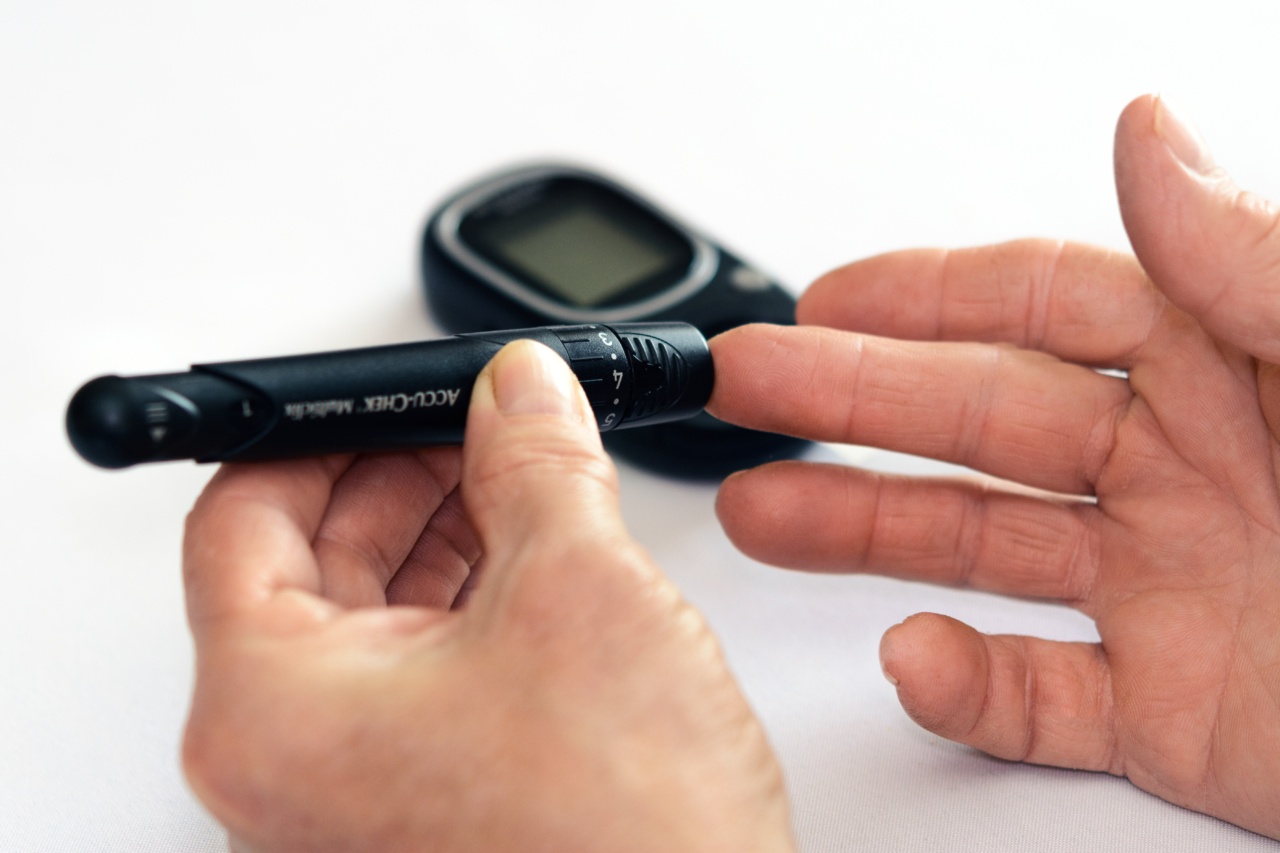Glycosylated hemoglobin, also known as HbA1c, is a crucial blood test used to measure the average blood sugar levels over a period of two to three months. It provides valuable insights into how well an individual’s diabetes is being managed.
For individuals with diabetes, monitoring and controlling their HbA1c levels is essential for maintaining good health and preventing long-term complications.
What Do HbA1c Levels Mean?
When glucose in the blood attaches to hemoglobin, it forms glycosylated hemoglobin or HbA1c. The amount of HbA1c in the blood gives an indication of the average blood sugar levels over the past few months.
Higher levels of HbA1c indicate poor blood sugar control, while lower levels indicate better control.
The Importance of Individualizing HbA1c Targets
While HbA1c levels provide a useful measure of overall blood sugar control, it is essential to understand that optimal targets can vary for each individual.
Factors such as age, overall health, presence of complications, and personal preferences should be taken into account when setting HbA1c goals.
Individualizing HbA1c targets helps ensure that diabetes management is tailored to each person’s unique needs and circumstances.
This approach acknowledges that diabetes is not a one-size-fits-all condition and recognizes the importance of personalizing treatment plans to achieve the best possible outcomes.
Factors Influencing HbA1c Levels
Several factors can influence a person’s HbA1c levels, making it crucial to consider these variables when interpreting the results and individualizing diabetes management:.
Diet and Nutrition
Food choices and portion sizes significantly impact blood sugar levels. A balanced diet with appropriate carbohydrate intake plays a vital role in glycemic control.
Individual preferences and cultural factors need to be considered when developing a personalized meal plan.
Physical Activity
Regular exercise helps improve insulin sensitivity and can contribute to better blood sugar control. Each person’s physical capabilities, preferences, and potential limitations should be taken into account when recommending an exercise regimen.
Medication and Insulin Use
The type and dosage of medication or insulin being used can affect HbA1c levels. Individual variations in medication response, side effects, and adherence should be considered when adjusting treatment plans.
Stress and Emotional Well-being
Stress and strong emotions can impact blood sugar levels. Individual stress-coping mechanisms, mental health conditions, and emotional support systems should be taken into account when managing diabetes.
Other Health Conditions
Existing medical conditions like hypertension, high cholesterol levels, and kidney disease can affect blood sugar control and HbA1c levels. A comprehensive assessment of overall health is essential for individualizing diabetes management.
The Benefits of Individualized HbA1c Targets
Setting individualized HbA1c targets has several benefits for people with diabetes:.
Improved Glycemic Control
Personalized HbA1c targets can motivate individuals to work towards better blood sugar control. When goals are tailored to their unique circumstances, patients may feel more empowered and engaged in their diabetes management.
Reduced Risk of Hypoglycemia
Setting excessively low HbA1c targets may increase the risk of hypoglycemia (low blood sugar). Individualizing targets helps strike a balance between achieving optimal glycemic control and minimizing the potential for hypoglycemic episodes.
Enhanced Quality of Life
By considering factors such as personal preferences and lifestyle, individualized HbA1c targets can be set in a way that aligns with a person’s overall well-being.
Balancing blood sugar control with the ability to enjoy life and reduce diabetes-related stress contributes to an improved quality of life.
Collaborative Decision-Making
Individualizing HbA1c goals promotes patient-centered care, encouraging conversations between healthcare providers and patients.
By involving individuals in setting their targets, healthcare providers can better understand their motivations, challenges, and preferences, leading to more effective collaboration.
Monitoring and Adjusting HbA1c Levels
Regular monitoring of HbA1c levels is crucial for evaluating progress, identifying trends, and making necessary adjustments to diabetes management plans.
Healthcare professionals and individuals with diabetes should work together to develop a monitoring schedule appropriate for each person.
Based on the monitoring results, healthcare providers can make informed decisions about medication adjustments, lifestyle modifications, or additional support required to achieve optimal glycemic control.
The Role of Continuous Glucose Monitoring (CGM) and Technology
Continuous Glucose Monitoring (CGM) is an advanced technology that provides real-time information about blood sugar levels.
It offers enhanced insights into glucose patterns, trends, and helps individuals make data-driven decisions to manage their diabetes more effectively.
CGM enables individuals and healthcare providers to identify fluctuations in blood sugar levels and assess the impact of lifestyle changes or medication adjustments.
It enhances the ability to individualize diabetes management by providing personalized data for better decision-making.
Conclusion
Individualizing HbA1c targets is crucial for managing diabetes effectively.
By considering factors such as diet, physical activity, medication use, emotional well-being, and existing health conditions, healthcare providers can work collaboratively with individuals to set realistic and meaningful goals. Regular monitoring, informed adjustments, and leveraging advanced technologies like CGM play a vital role in achieving optimal blood sugar control, minimizing complications, and improving overall quality of life for individuals with diabetes.






























